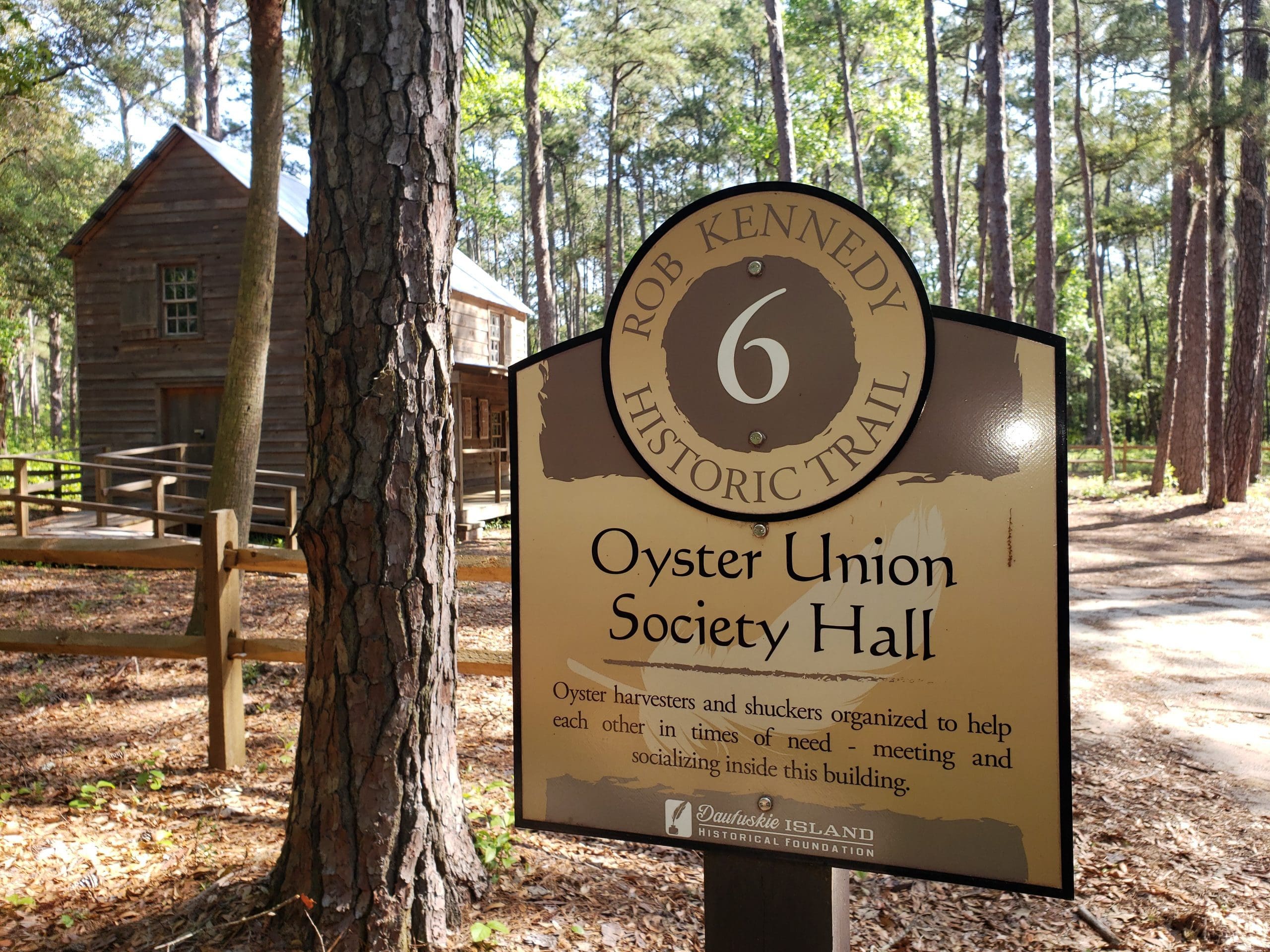As you tour Daufuskie in your Mungeon Creek golf cart, get to know some of the people and places that dominated the island for over a hundred years following the War Between the States. As late as the 1920's there were over two thousand Gullah who had a distinct culture and language and subsisted by growing their own vegetables, raising chickens, goats, and cattle, and harvesting the fish and oysters that abounded around the island. Hunting deer and raccoons provided plenty of meat to put on the table. Unfortunately, only a handful of Gullah descendants still live on the island, many having had to leave to find work or having been taxed out of their property.
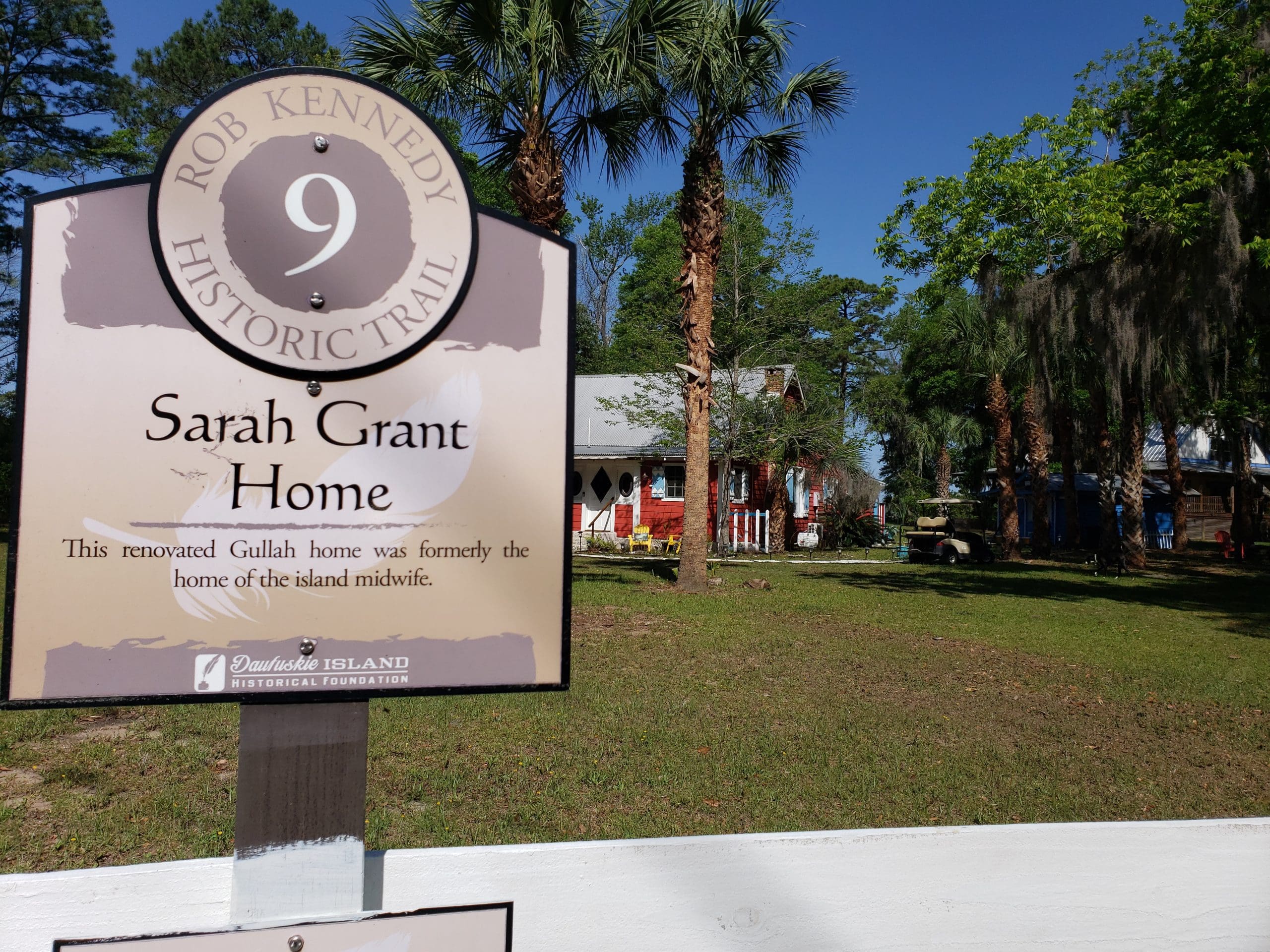
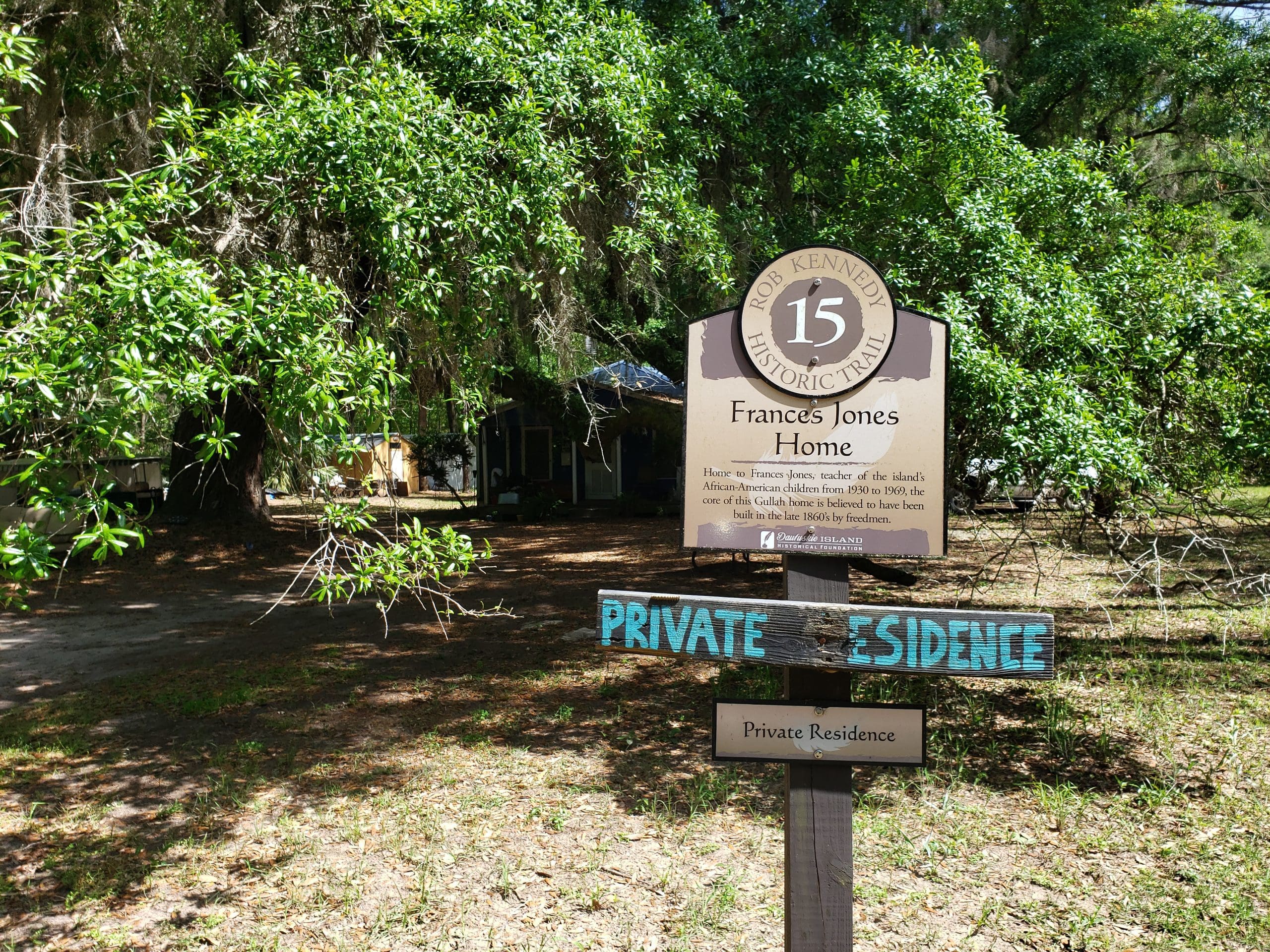
For full immersion into Gullah culture, take a tour with Sallie Ann Robinson, who's the real deal. Sally Ann, a 6th generation Gullah lady, was in the sixth grade when Pat Conroy taught on Daufuskie, and her bubbling personality and life-long knowledge of the island are a delight to experience. She's also written several Gullah cookbooks and co-wrote an Acadia book called Daufuskie Island, which is an eye-opening account of island life replete with pictures and stories, and is available at several locations on Daufuskie.
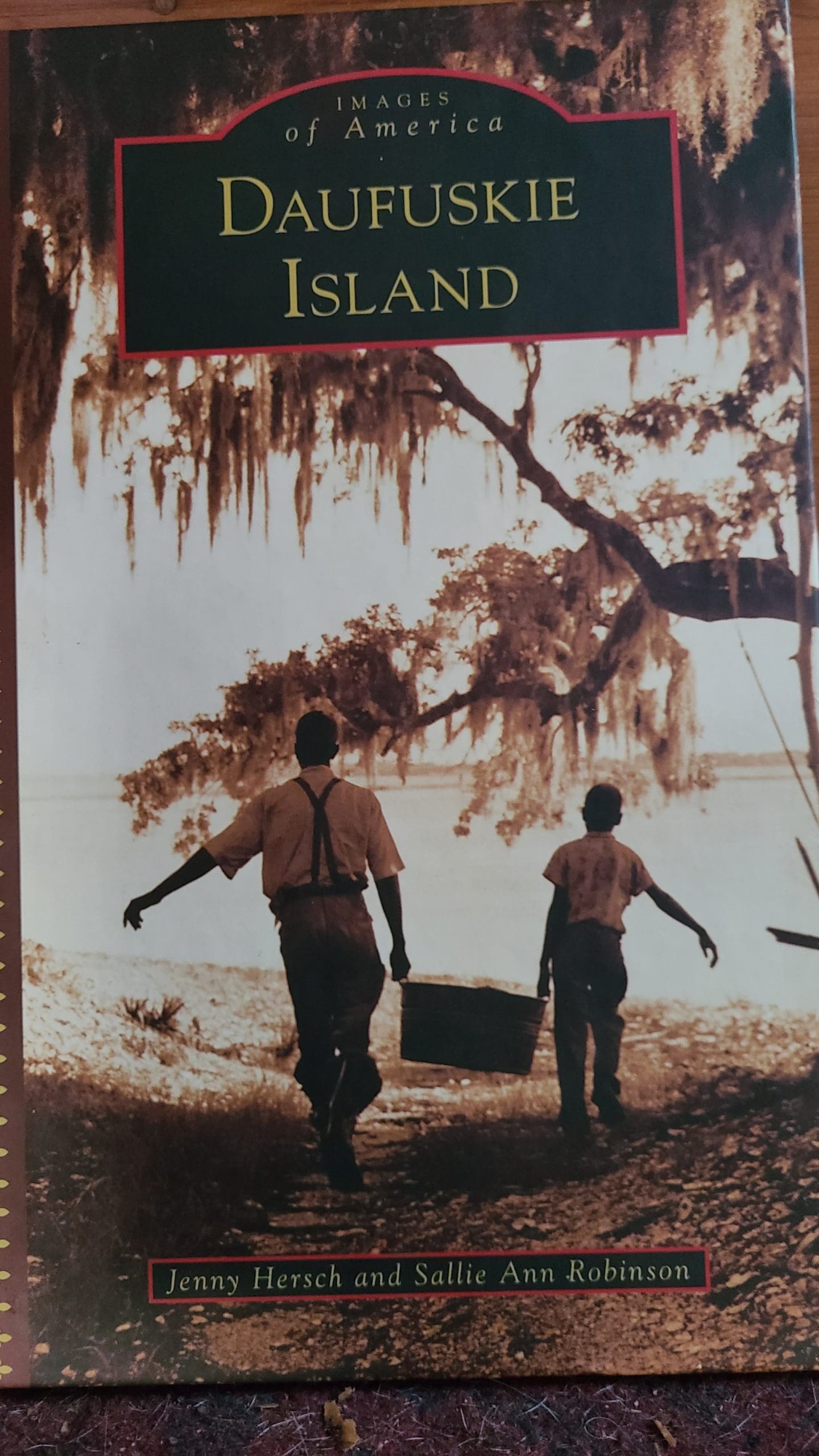
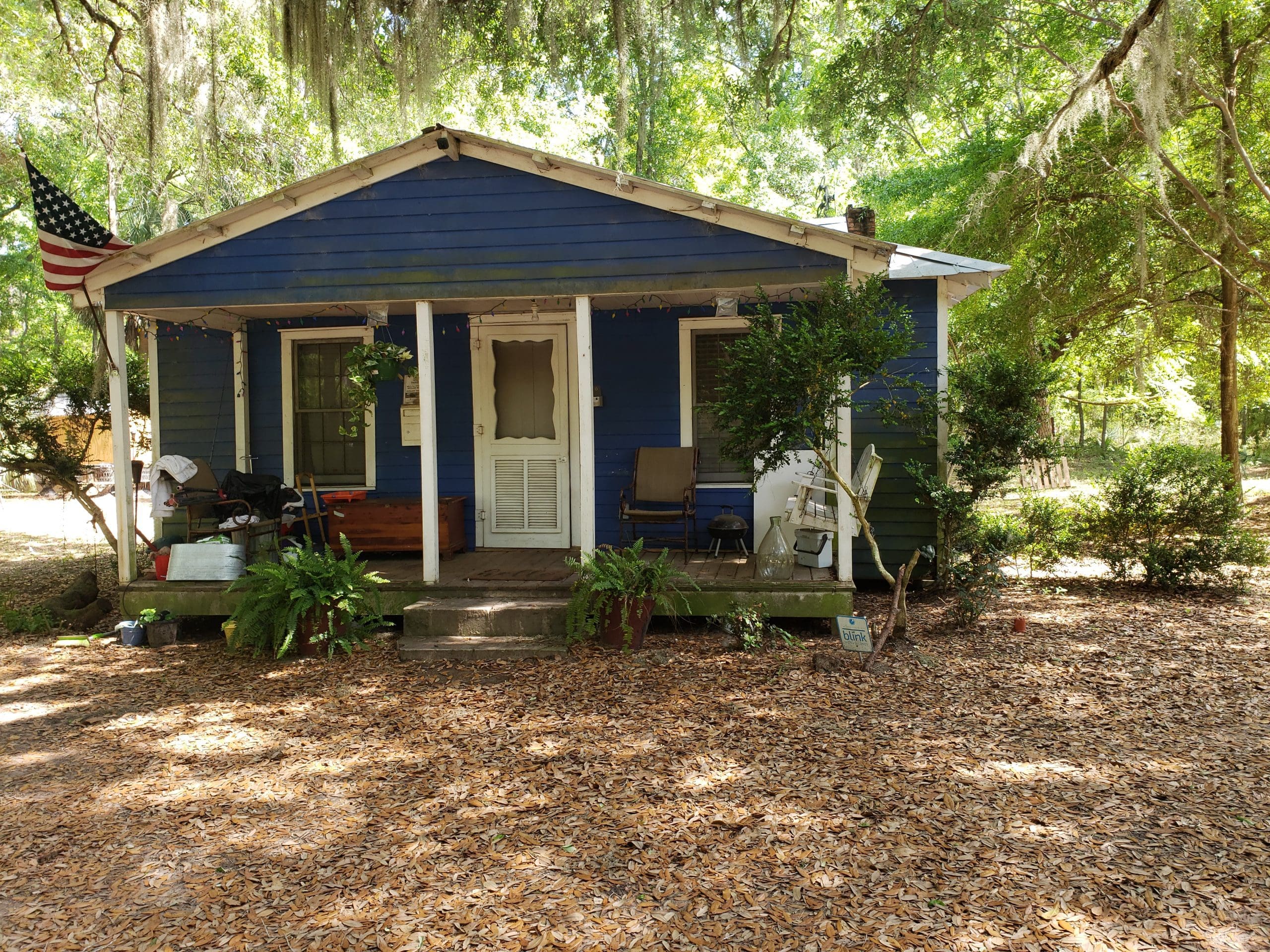
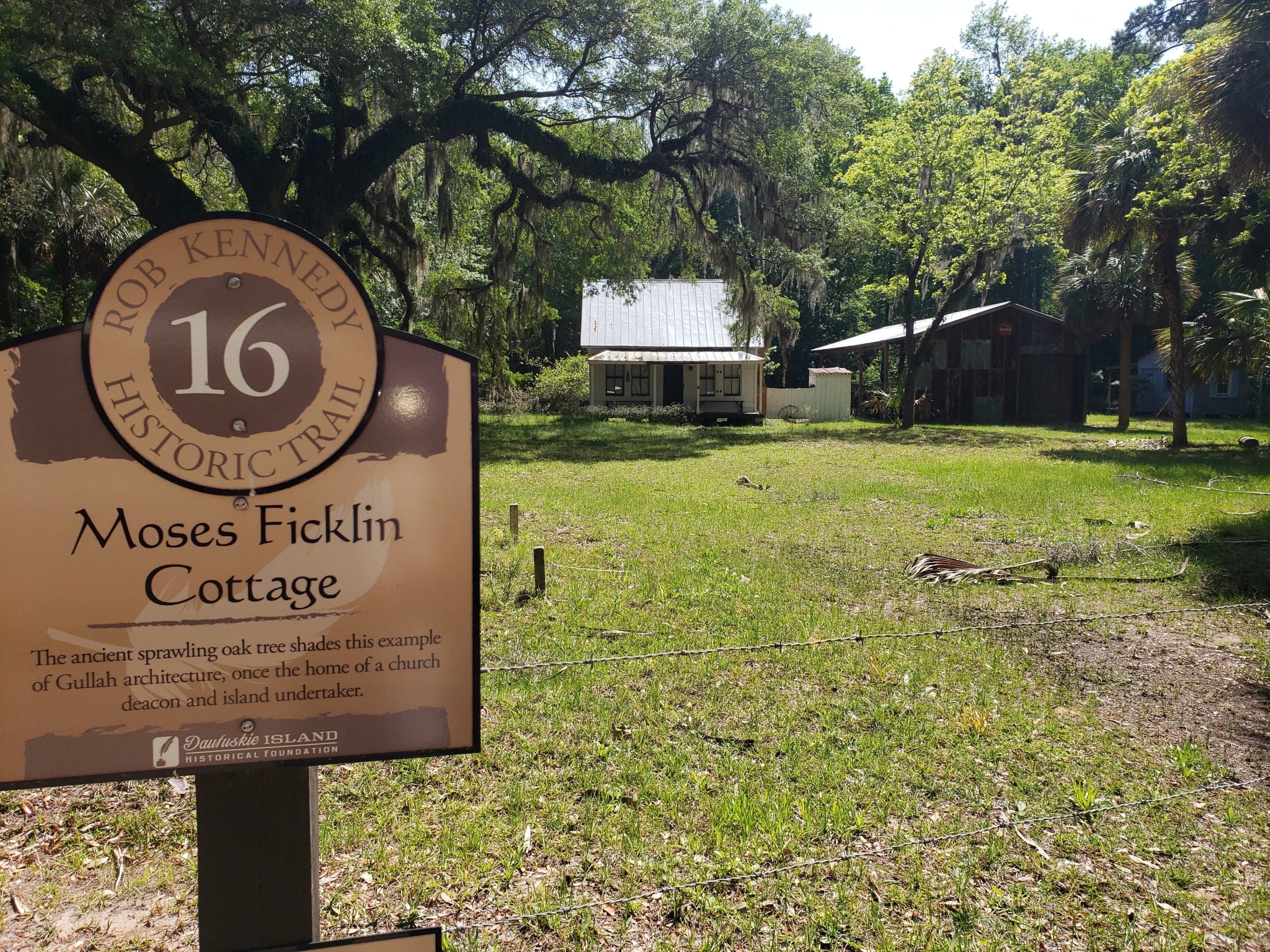
Many of the Gullah houses have "Haint Blue" doors and/or window trim to keep evil spirits at bay.
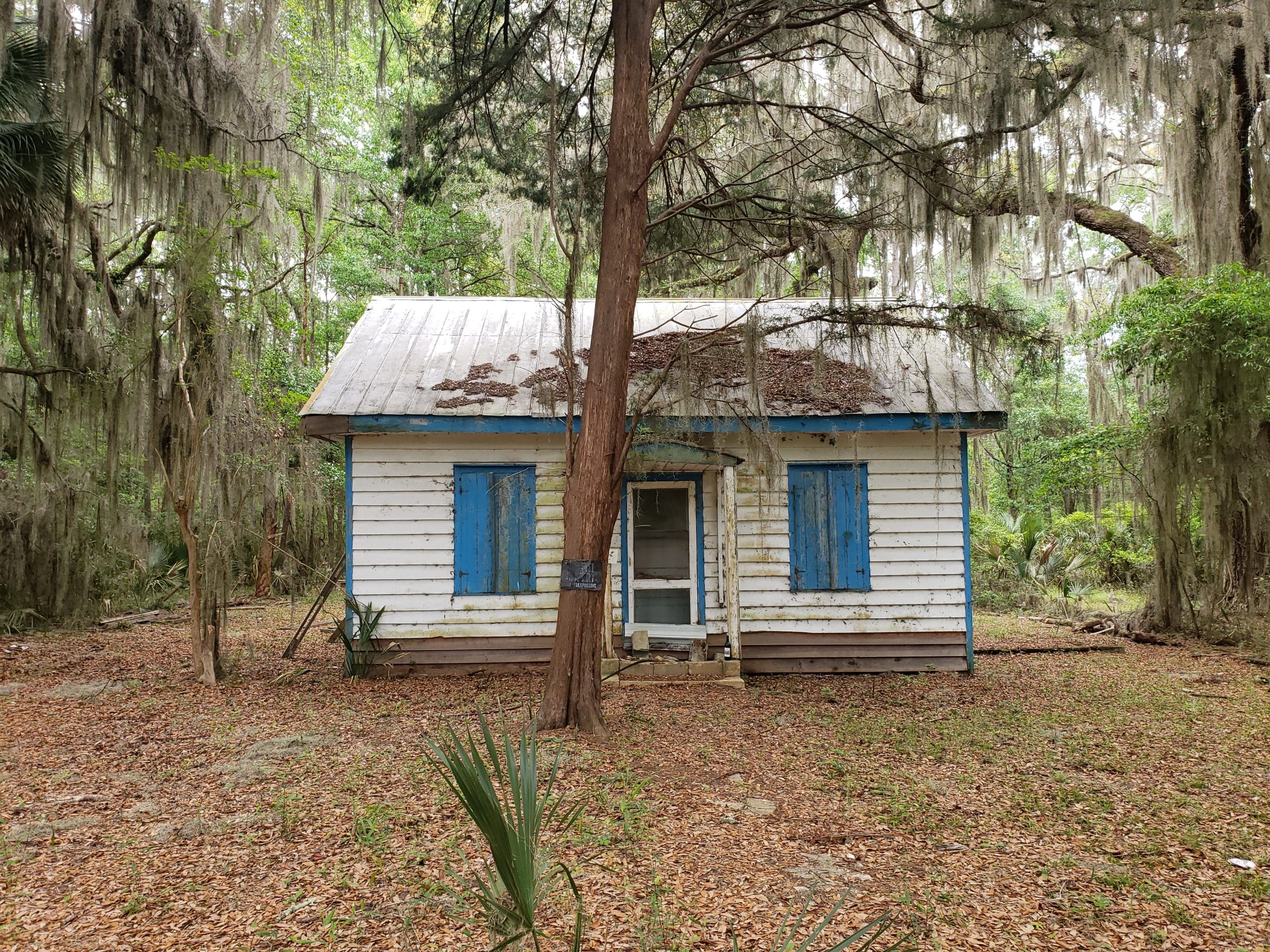
The primary source of income for many Gullah families on Daufuskie for the first half of the twentieth century was harvesting and shucking oysters, but pollution from the Savannah River wiped out most of the oyster beds, and the industry collapsed in the 1950's. The Oyster Union Society was a benevolent and burial organization that met in this 1893 building on Hinson White Road. The meetings were often enlivened by local moonshine and wine, but the society dissolved with the decline of the oyster-based economy.
